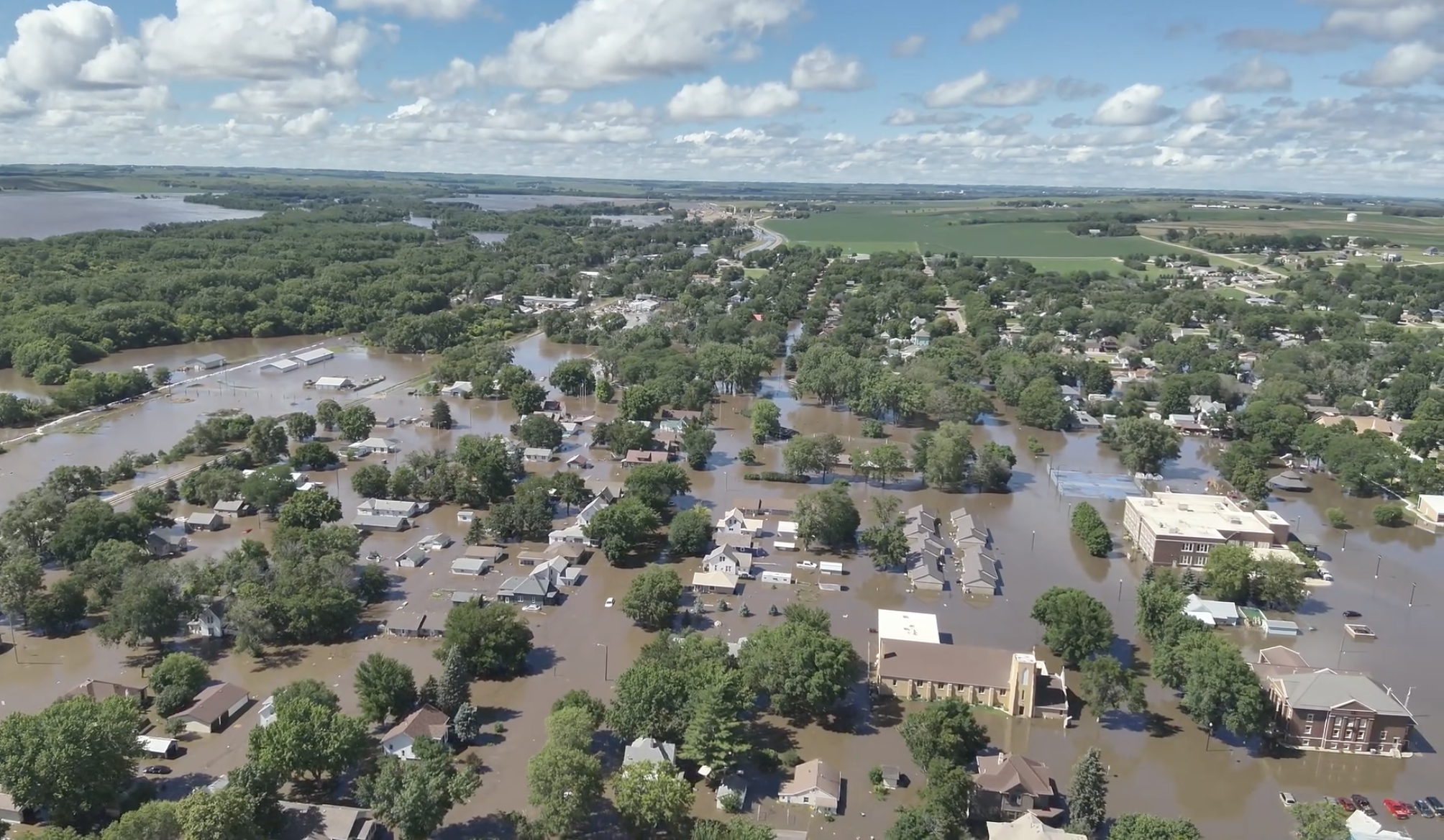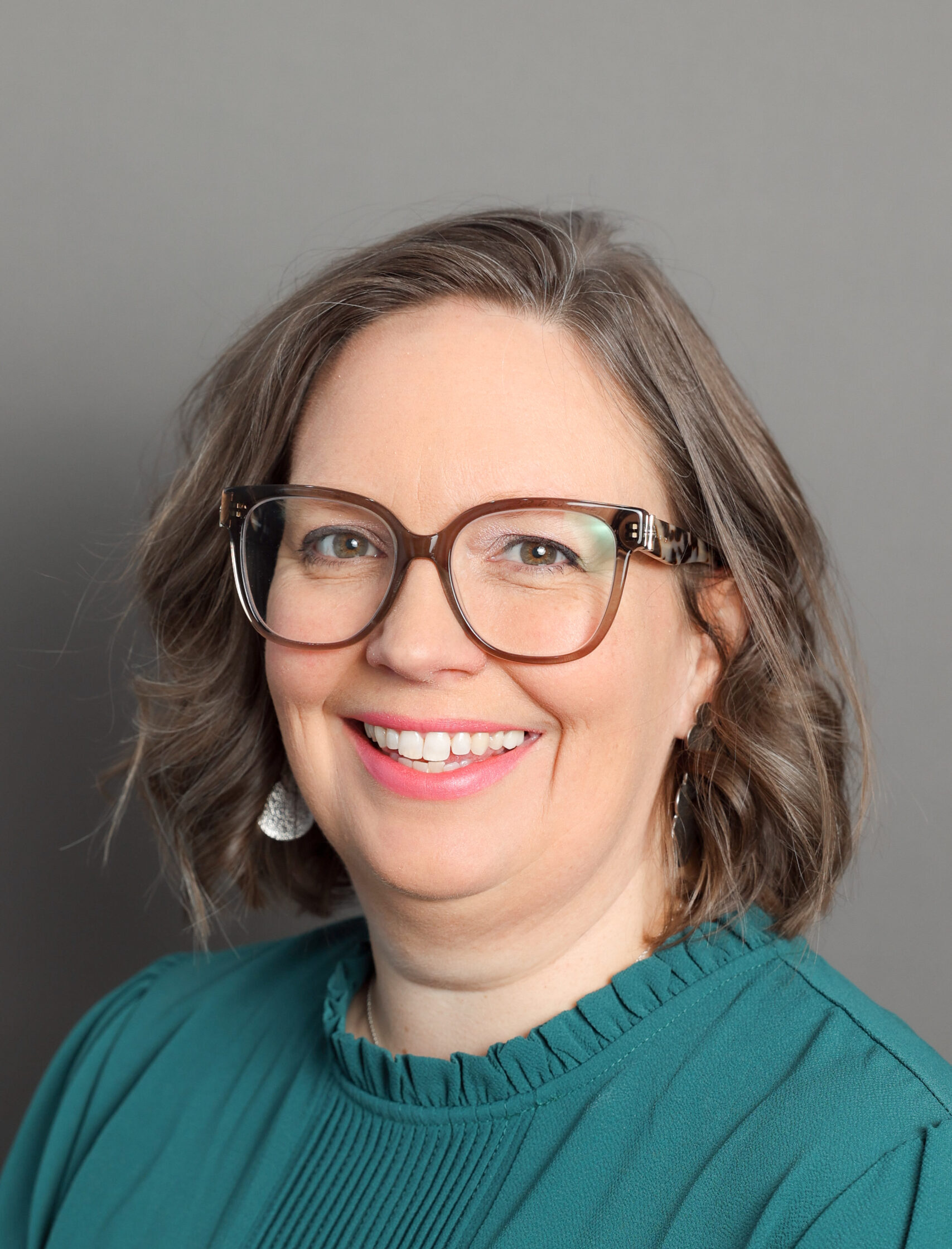The toll of flooding on US communities

My first mentor in the disaster world was known to say, “I hate floods” on repeat. I heard her say it again last week as we spent time in a community 11 years into flood recovery that had only seen 30% of the displaced households return home. The landscape, both physical and cultural, of that community, changed forever after the September 2013 floods. I’ve learned, from sitting with many communities after floods, that the physical, financial and emotional toll of flooding leads to longer recovery periods and many sometimes invisible and often long-lasting challenges.
Our climate continues to change, and flooding events are becoming more frequent. According to research released in 2022, the cost of flood damage is expected to increase by 26% over the next three decades due to the effects of climate change. Communities and areas that have never experienced a flood before, at least not in recent records or memory, are facing flooding disasters and those with flood experience are finding that increased intensity, the deterioration of infrastructure integrity and insufficient mitigation efforts mean increased vulnerability and risk.
FEMA estimates that 1 inch of water in a structure can cause $25,000 in damage. The impacts of Hurricane Beryl and other heavy rain events over the last several weeks left hundreds of communities and thousands of households with flood damage, including a need to repair structures and replace food, appliances and vehicles. Many areas also saw a significant loss of infrastructure with major transportation routes, roads and railways destroyed and dams breached. The economic impacts on businesses and families due to these losses will ripple for years. You can learn more about the impact of recent flooding in our 2024 US Floods disaster profile and What We’re Watching blog posts. I want to highlight one of the areas that has been greatly affected.
2024 Midwest flooding
Starting on June 20, heavy rain in South Dakota, Minnesota and Iowa dumped upwards of 17 inches in some areas. Northwest Iowa, where Rock Valley, a community of just over 4,000, is located, received 600% of its normal precipitation over a 48- to 72-hour period. In Rock Valley, the river crested 5 feet above the record set just 10 years ago. Much of the community was evacuated.
Early estimates showed more than 500 homes damaged (31% of the homes in the community) and, as of July 24, 150 households are still unable to return to their homes. City officials reported that 60% of students were impacted by flood damage, 50 retail or commercial buildings were damaged, with 30 still not in operation, and two large manufacturing employers were non or partially operational.
In Spencer, just 58 miles away, over 80% of the 5,000 structures in the community were damaged, including 30% of businesses. In Northwest Iowa, more than 5,000 homes were damaged with 2,000 of them assessed as unrepairable. For Spencer, Rock Valley and other rural communities across South Dakota, Minnesota and Iowa, the floods of 2024 shattered records.
At CDP, we continue to assess the situation, connect with our local partners and networks and gather our resources and connections to assist with equitable recovery in Iowa and other communities across the country facing long-term flood recovery. We’ve begun to identify gaps where state and private funding may not be able to reach people who have been systemically racialized and marginalized. We know, along with our local partners, there will be a need to support local disaster recovery coordinators, case navigators, community organizing/long-term recovery group development, psychosocial care and language access.
U.S. flooding: A call to mobilize
For many of the communities, both in the region where I work and across most of the United States, floods have become a regular occurrence. Not many days go by without a news report somewhere of flooding and the impacts of heavy rain events on a community. Unfortunately, there isn’t a “season” for flooding, and we will continue to see flooding impacts throughout the rest of 2024. The saturated ground and full rivers as well as a predicted active hurricane season, which could bring coastal flooding and inland impacts, mean that the list of communities impacted in 2024 will most likely continue to grow.
While it may seem tempting to normalize these events as pesky and widespread and accept them as overwhelming but inevitable, we cannot forget that each of these events can change and devastate thousands of households. Cumulatively, they lead to the current state of overburdened nonprofit and government systems that are struggling to meet ongoing recovery needs.
I also cannot forget the faces and stories of the individuals struggling to muck out and adapt to a new reality and face the uncertainty of the future after a flood. In the spirit of not forgetting, I want to offer a few steps that you can take.
- Understand your personal and your community flood risk. There are several websites and search tools that will allow you to look up an address and discover the flood risk for that area, as well as provide resources for further risk assessment and preparation.
- Know Your Risk | FEMA
- Heartland Disaster Help (For Arkansas, Iowa, Kansas, Minnesota, Missouri, Montana, Nebraska, North Dakota, Oklahoma or South Dakota only)
- Join the conversation. There are many networks and experts leading conversations across the country on disaster risk reduction and leading practices in community recovery. Disasters, particularly those with high levels of flood-related damages, intersect with every layer, system and sector of our society. At CDP, we’d be happy to help you find the connection point for your organization. Here are a few other spaces where you can join the conversation and learn more:
- Support local organizations in communities with flexible, long-term funding; or CDP can help you move money and resources to local organizations and systems. Our team is committed to supporting equitable recovery and we invite you to leverage our expertise in disaster response, humanitarian aid and philanthropy, knowing that your philanthropic investment will go where and when it is needed most. We connect with and listen to disaster-affected communities. We prioritize partnerships and programs built on connections with community members and locally-led organizations, including funders. We currently have two funds that will continue to address flood-related needs in the U.S.: CDP Midwest Early Recovery Fund and CDP Disaster Recovery Fund.
I encourage you to connect and collaborate with us to meet this growing challenge together.
